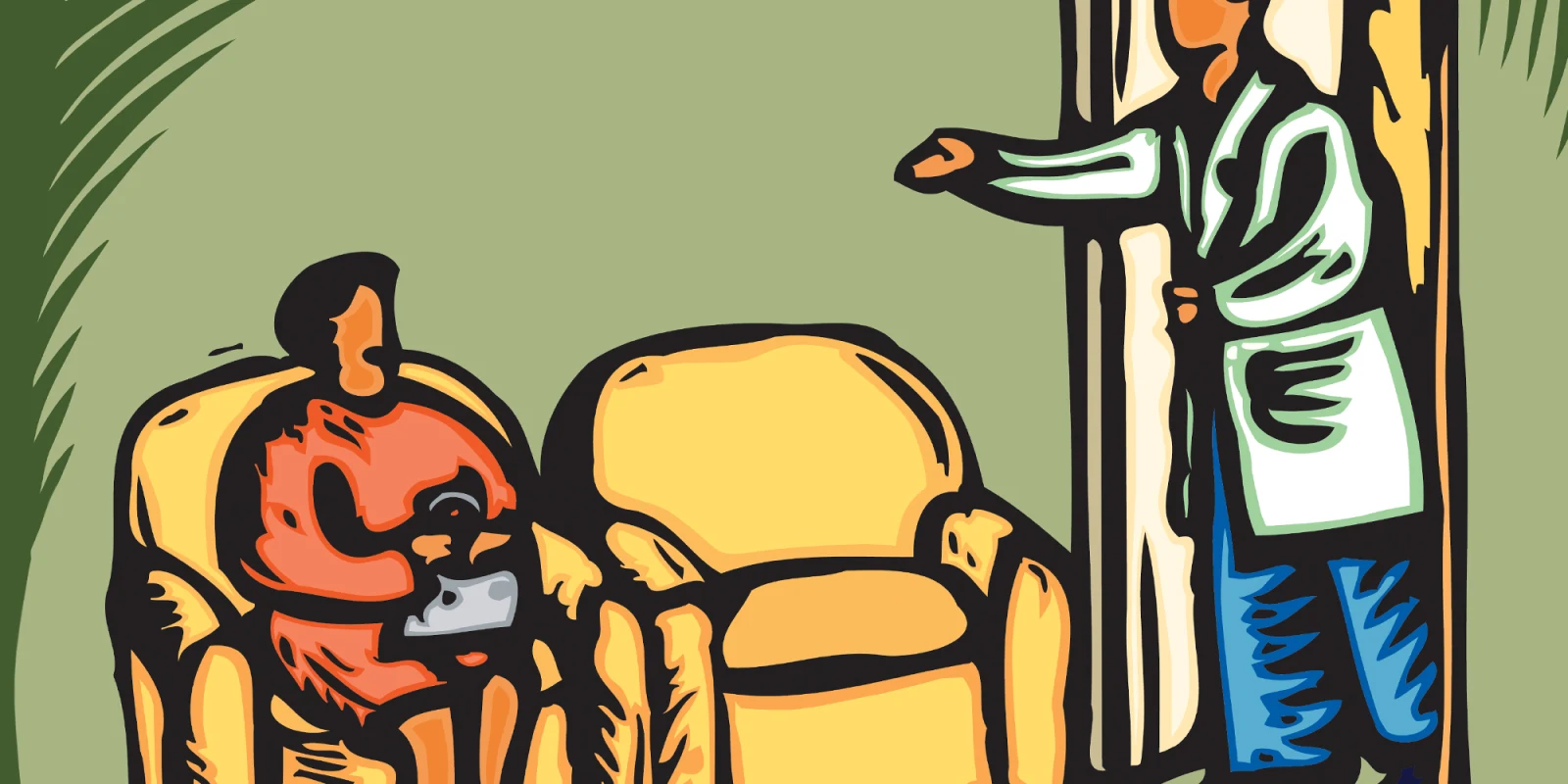
It's not news that there is a lack of primary care doctors in the United States, and that the shortage will worsen in the near future. In April 2018, the Association of American Medical Colleges (AAMC) reported an estimated shortage of up to 121,300 physicians by the year 2030. The 2018 Report showed a primary care physician (PCP) shortage of up to 49,300 and a shortage of up to 72,700 physicians combined in other medical and surgical fields (e.g., Cardiology, General Surgery, Urology, Anesthesiology, Psychiatry). This is because we have an aging baby boomer population and an aging physician population, most of whom will soon retire.
There are many strategies in place to address the PCP shortage. The National Health Service Corps and Public Service Loan Forgiveness programs encourage primary care providers to serve in medically underserved areas. Several medical schools offer three-year programs to lower student debt; the UC Davis School of Medicine, for example, is introducing a three-year program for students committed to primary care. Starting this year, the New York University School of Medicine offers its medical students free tuition in the hopes that more will pursue Family Medicine, Pediatrics, and research.
I currently attend the Frank H. Netter MD School of Medicine at Quinnipiac University in Connecticut, a relatively new allopathic school that aims to graduate at least one-third of its students into primary care specialties. Before I matriculated, I had shadowed a Family Medicine doctor, several Hospitalists, and an Allergist. I learned that I really enjoyed–and still do enjoy–knowing patients very well, having continuity of care, and emphasizing prevention of chronic disease, which is why I am still open to pursuing primary care. However, throughout medical school I have increasingly encountered negative opinions about the field. Both colleagues and superiors have said things like:
"Family practitioners have a tough job because they have to see many patients and deal with all their chronic conditions in 10-15 minutes."
"Don't pursue primary care."
(from my primary care attending after a stressful situation with a non-compliant patient)
"Wow, you should do Radiology!"
(after I told my Internal Medicine preceptor of my above average Step 1 score)
Though I don't have exact numbers, I feel that most of my classmates are pursuing non-primary care specialties, such as Emergency Medicine and Surgery. Even those some who are going into Internal Medicine plan to subspecialize (i.e., in Gastroenterology). Just before this year's residency application process, I heard that 13 of around 90 students in my class were pursuing Anesthesiology. According to a classmate, one of our Family Medicine preceptors was "disappointed" in our class because of the relatively low number pursuing Family Medicine or primary care (in the previous class, 11 of around 80 matched into Family Medicine).
If we are going to address the PCP shortage, we need to change the perspective and culture around primary care so that it is attractive in the eyes of students. Of course, that's easier said than done. PCPs have to see many patients in a short amount of time and are therefore extremely busy. But this is a pressing issue, and there are things we can change.
First, we should be encouraging amazing and intelligent role models in this field to mentor students. Medical schools could expose students to primary care early in the curriculum. For example, my school pairs students with a PCP with whom they work and examine patients during the first two years of medical school. This program is known as the Medical Student Home (MeSH) program.
Second, we should be discouraging attendings from making disdainful remarks casually about the primary care field.
Finally, we should be assessing students' opinions. For example, a survey might give us information about students':
- Career interests prior to matriculating,
- Interest in pursuing primary care now,
- Perceived barriers to pursuing primary care, and
- Considerations re: what factors would make them open to pursuing primary care.
We should be asking ourselves: What aspects of primary care could or should be changed so that students are more interested in the field? Of course, this would include societal and systematic changes, which are not easy to make. Yet if we are able to address these issues, we could change the practice of primary care and attract more students into it.
The entire application process to medical school, residency, and fellowship is very competitive, and students easily compare themselves to those who are better academically or have other natural talents. Provided we have the ability to do so, we go for the specialties with higher pay and better lifestyles. Family and Internal Medicine are considered the least competitive, and thus "easier to get into." However, I don't blame my classmates for pursuing the more prestigious fields. We have sacrificed a lot of time and money, with delayed gratification compared to other professions. Personally, even with a $40,000 scholarship graciously provided by my school, I will still be near $200,000 in debt come graduation (Quinnipiac University is a private institution). Wouldn't it be nice to pay off all that debt in the shortest amount of time possible?
Regardless, we do need to encourage more students to pursue primary care rather than scaring them from it. Because I am still relatively undecided about which specialty to pursue, I have chosen to apply to Internal Medicine to keep my options open. Ultimately, we have to pursue what makes us happy—ideally something that doesn't feel like a "job." As an Interventional Cardiologist once told me: "You gotta do what you like to do."
Sarah was born and raised in the Bay Area and attended college abroad at the Chinese University of Hong Kong on a full-tuition scholarship. She is in the third graduating class of the Frank H. Netter MD School of Medicine at Quinnipiac University and is pursuing Internal Medicine.






